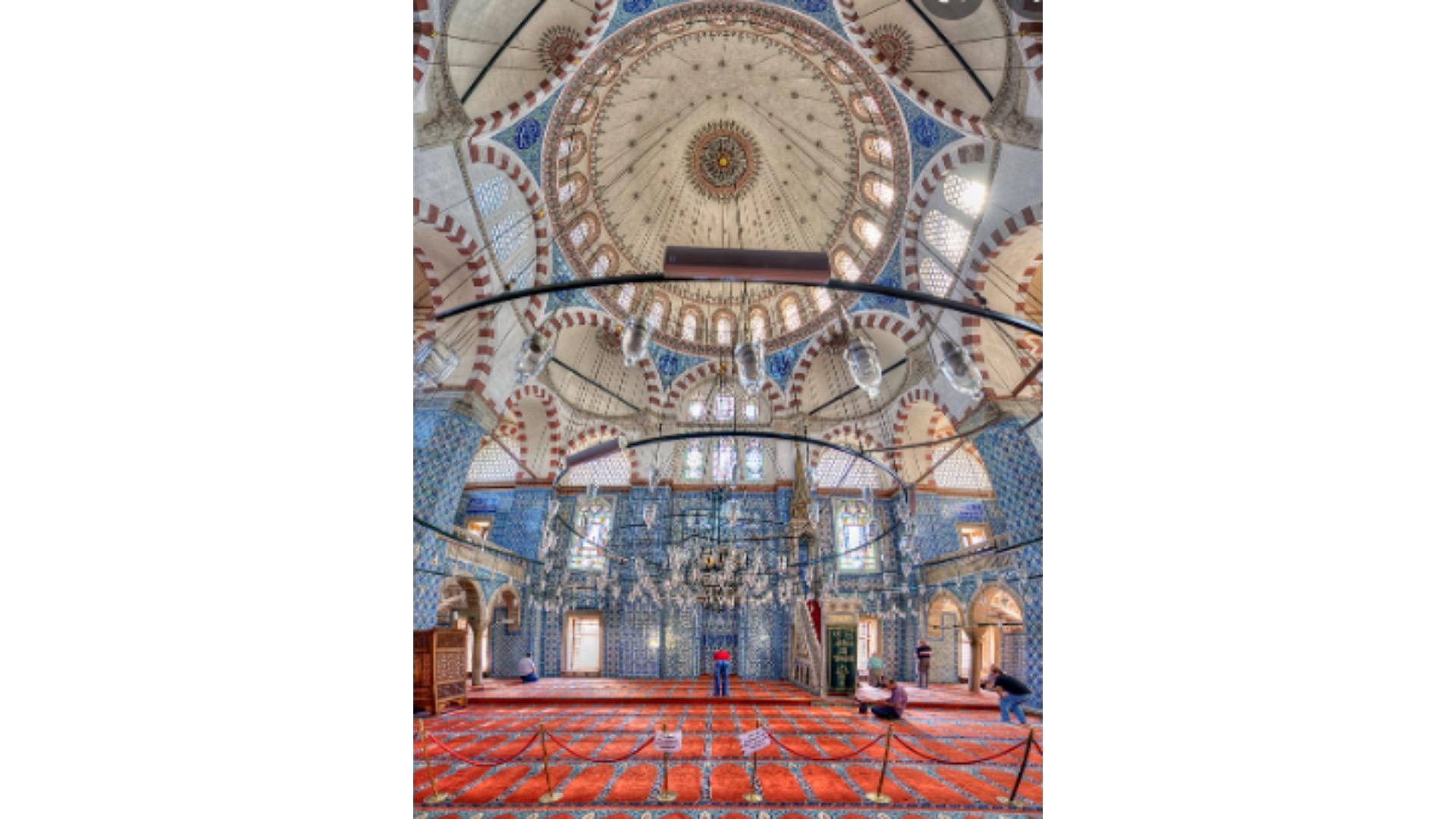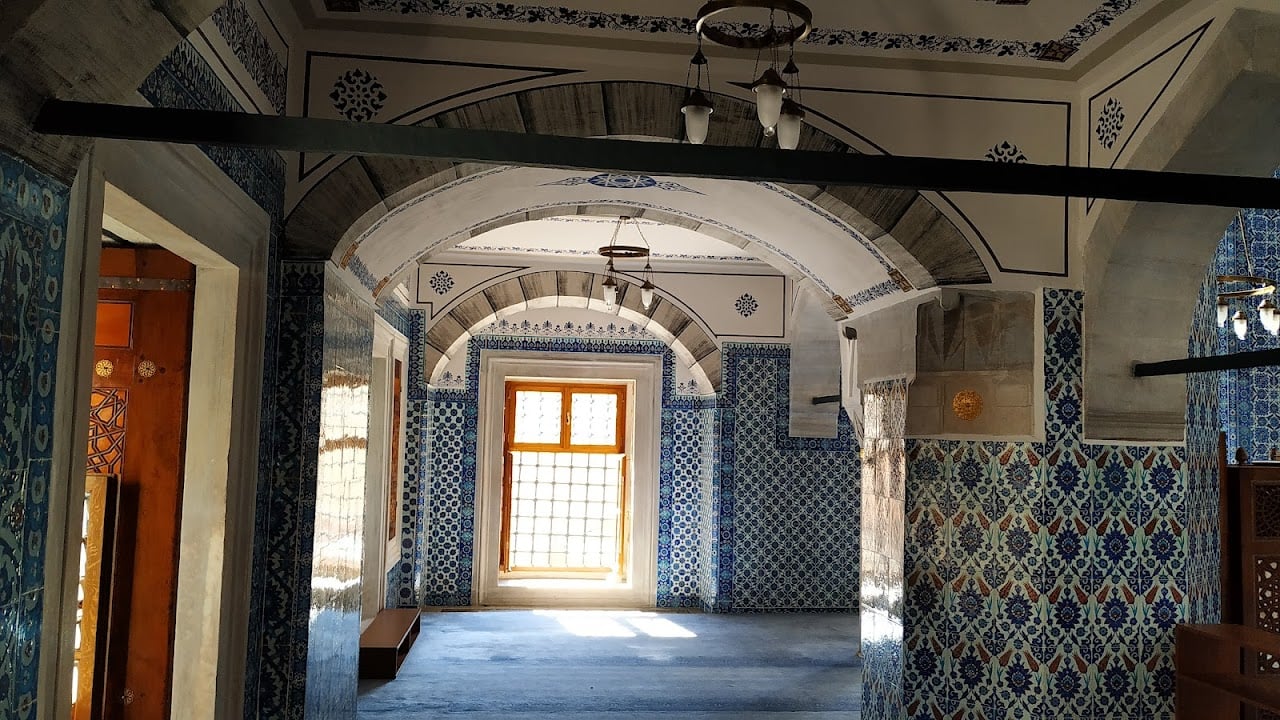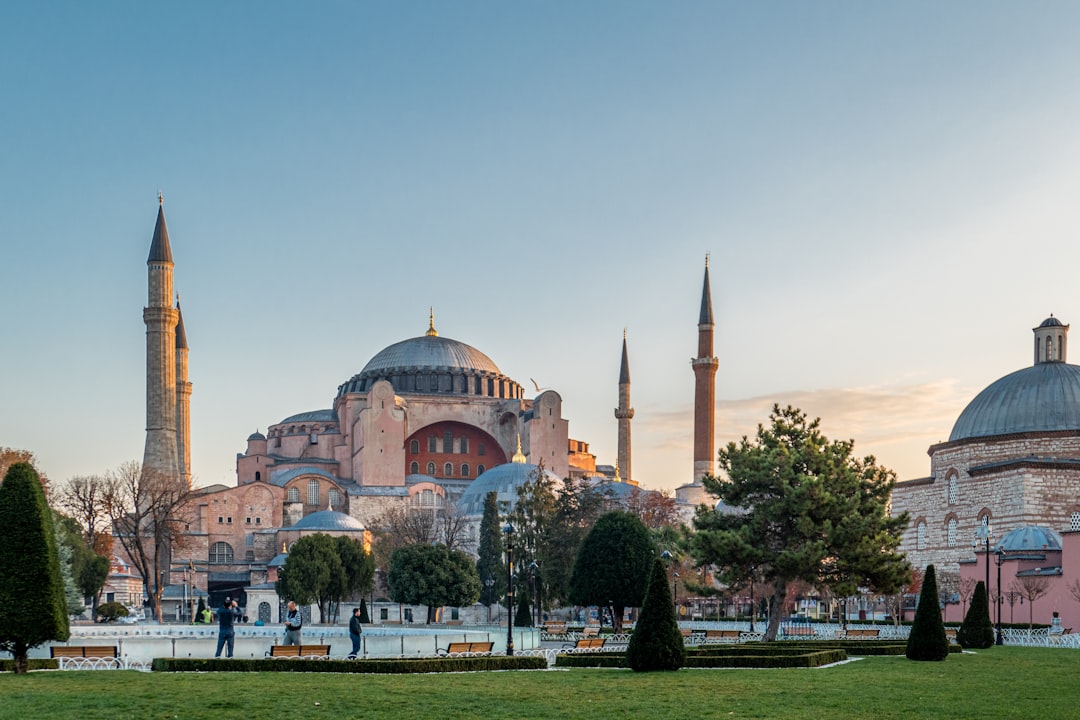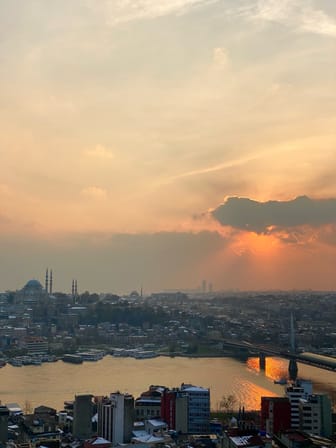Rustem Pasha Mosque





What people say
Pedro Pereira
Available for hire
"The Rüstem Paşa Camii, also known as the Rüstem Pasha Mosque, is a beautiful and historic mosque located in the Tahtakale neighborhood of Istanbul, Turkey. It was built between 1550 and 1561 by the renowned Ottoman architect Mimar Sinan for Rüstem Paşa, the Grand Vizier of the Ottoman Empire and son-in-law of Sultan Suleiman the Magnificent.
The mosque is considered to be one of the most important examples of Ottoman architecture and is known for its beautiful tilework and intricate decorations. The interior of the mosque is decorated with over 20,000 Iznik tiles, which are considered to be some of the finest examples of Ottoman tilework. The mosque also features a number of beautiful stained glass windows and intricate calligraphy.
The Rüstem Paşa Camii is a popular tourist destination and is open to visitors from all over the world. Visitors are asked to dress modestly and to be respectful of the religious nature of the site."
Liveta Greitaityte
"Located in Hasırcılar Çarşısı (Strawmat Weavers Market) in the Fatih district, near the Golden Horn, the Rüstem Pasha Mosque is a fascinating Ottoman mosque. The mosque, built in 1563, and designed by Mimar Sinan, is decorated with mosaic tiles (Iznik tiles) that create different patterns.
The building features more than 80 different patterns, making it one of the most colorful buildings in Istanbul. If you want to learn more about the mosque's rich history, consider a guided tour. You can also visit Mosque independently.
⭐️ You can ask for a scarf or cloak at the entrance"
Read more in:
Jennifer Hum
Available for hire
"3:30 PM - Since it's close to the Spice Market, this can be a quick visit! If you go inside, make sure to dress modestly!
Shoulders/knees should be covered for both men and women. Shoes must be taken off. Women must cover their heads (a scarf will do). "
Mentioned in these guides
About Rustem Pasha Mosque
Get the inside scoop on Rustem Pasha Mosque from local experts, travel creators, and tastemakers. Browse genuine trip notes, Rustem Pasha Mosque reviews, photos, travel guides, and itineraries from real travelers and plan your trip with confidence.
Save this spot for later or start mapping out a new trip today
Try our AI Travel Assistant and get instant answers to any questions about your trip.
Ask ThatchGPT


